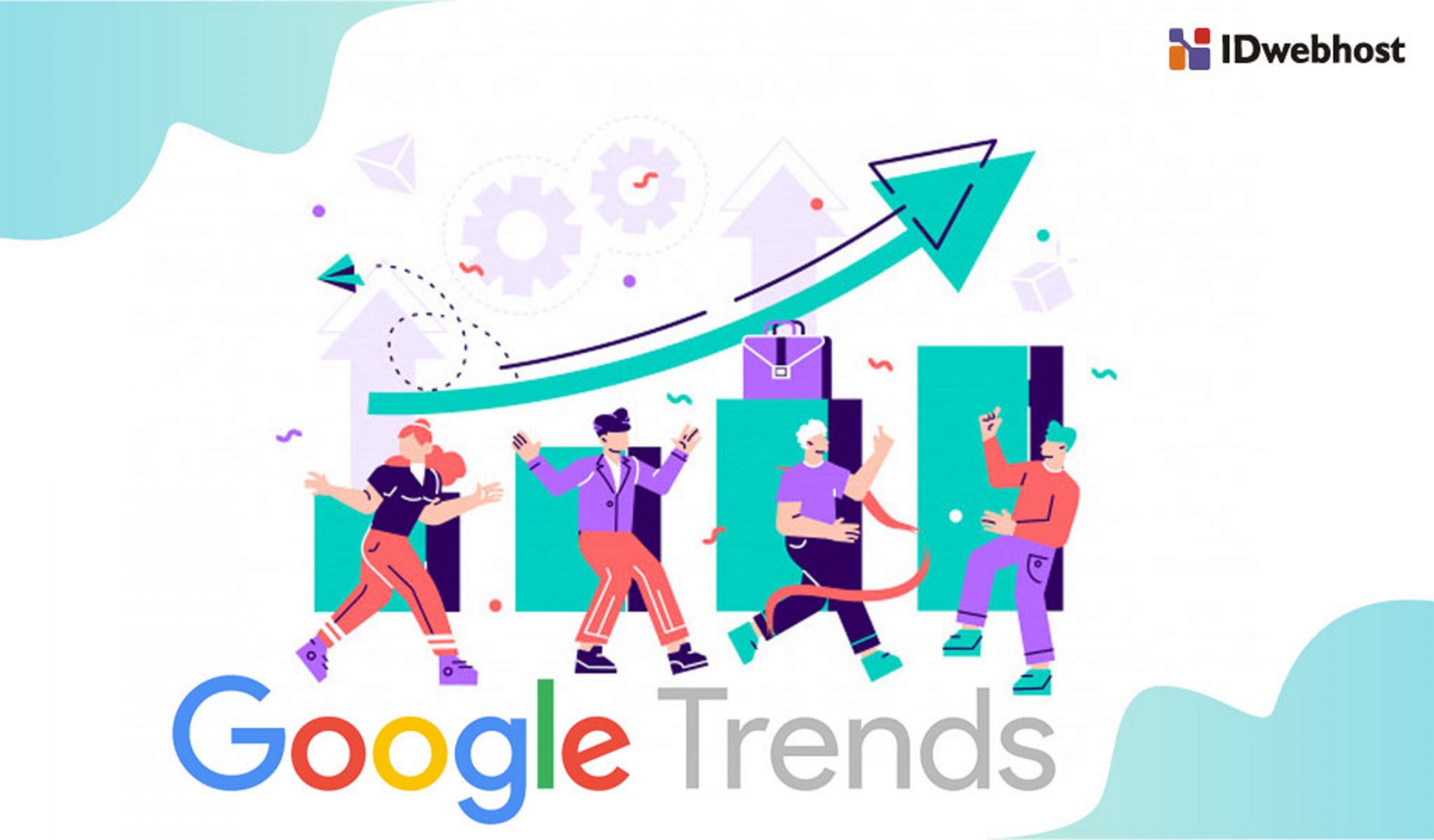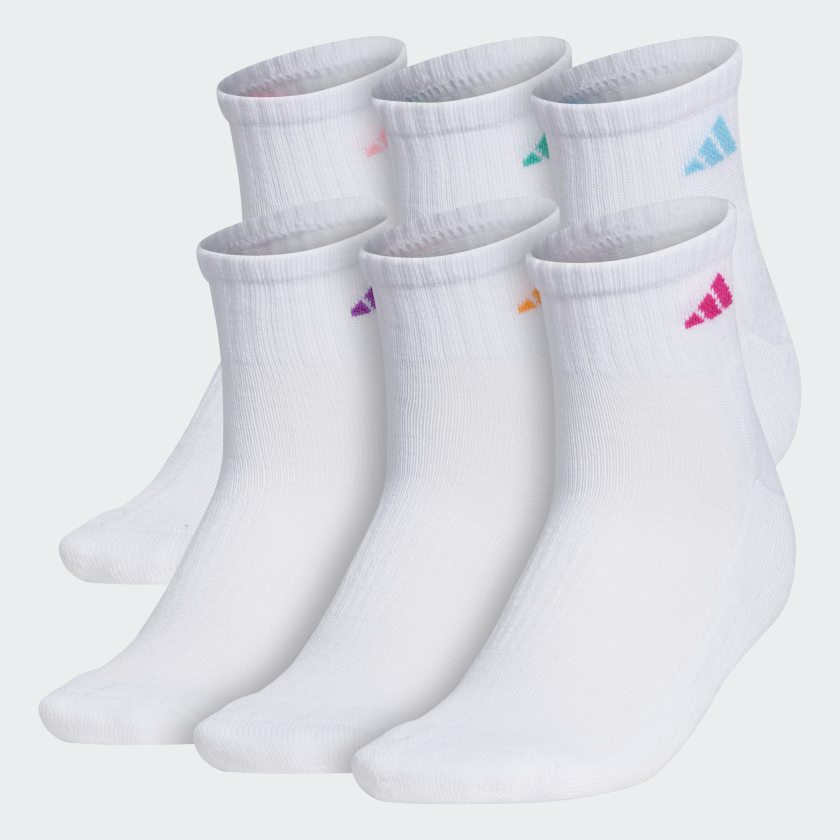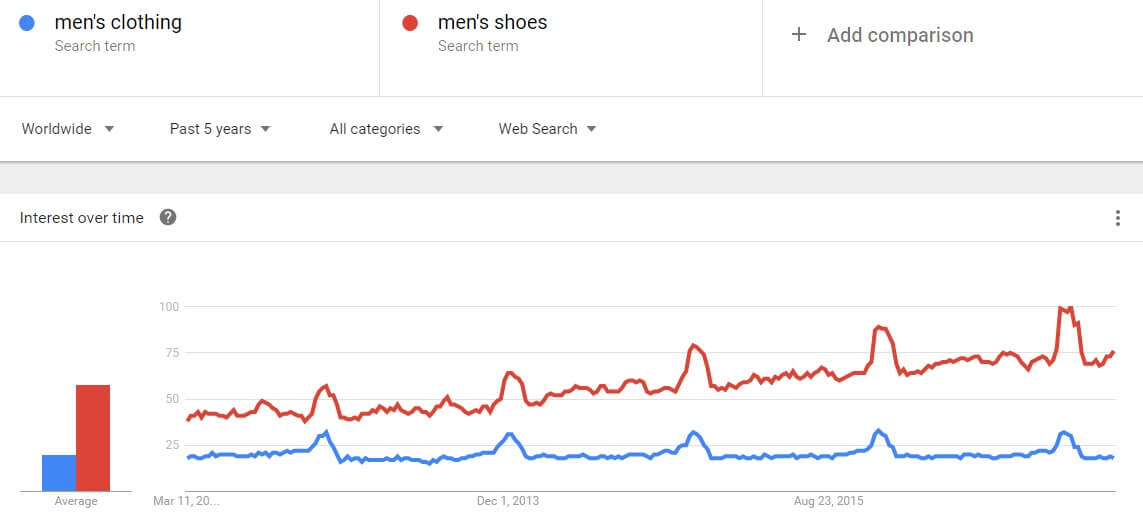
You can only see trends in your location as an individual user, or access the data via its API as a developer. Twitter already has a trends feature, but there is no dashboard to explore multiple locations.

With billions of users, and likely many more billions of searches, we’re missing a big part of the picture that could be provided without compromising user privacy. Second, it doesn’t tell us anything about searches on the platform and the connected results. First, CrowdTangle only covers public posts, which only amounts to a small portion of what’s happening on Facebook. Interest can, to some extent, be inferred from this information.īut there are a couple of issues. Information about trends and posts on Facebook and Instagram is accessible via CrowdTangle, the Facebook-owned analytics tool that shows which URLs and posts are resonating. However, they don’t provide the transparency to know what people are searching for, how this changes by location, how trends or spikes are emerging in real time, and what information they’re putting in front of people in the search results. Twitter (above), Facebook, Google and other networks are putting links to credible information at the top of search results although they are often not as eye-catching as posts from users. With billions of users among them, social media platforms are a primary source of information for many people. YouTube has famously described itself as “the world’s second most popular search engine.” Despite being a clever marketing tool, the statement is an honest one: People search for information on social media as well as search engines. Social media platforms are search engines

The results of that research will be published soon, but more urgent is fully understanding the threat these data voids pose to our recovery from the pandemic. Each of these efforts speaks to a societal need that has yet to be achieved: tracking the flow of credible information in real time.īut while there have been efforts to track the supply of credible information, usually in the form of fact checks or news articles, what we haven’t seen are attempts to bring supply together with demand: what people want to know right now, and what information they’re getting.įirst Draft spent recent months building a dashboard to monitor data voids in partnership with the University of Sheffield, looking to find a way to identify where the demand for credible information far outstrips the supply.

Other examples, such as, have created a feed of relevant articles. Amazon’s web-ranking company Alexa has created a dashboard to monitor English-language articles relating to coronavirus that have been shared on Twitter and Reddit. The International Fact-Checking Network (IFCN) has visualized its members’ fact checks related to coronavirus to help us understand where one form of credible information is being supplied. Important work has been undertaken in this direction. If we are to respond to information needs as they emerge, and understand whether they are causing harm, we need a way to monitor them. Suggested searches for ‘vaccine’ on Facebook. And with billions of users, they may be creating major social vulnerabilities. It’s therefore easy to miss the fact that data voids exist here, too: Even though search isn’t the primary interface, it’s still a major feature. Whereas the primary interface of search engines is the search bar, the primary interface of social media platforms is the feed: algorithmic encounters with posts based on general interest, not a specific question you’re searching to answer. When it comes to data voids, a distinction is usually drawn between search engines and social media platforms. Data voids were first defined by Michael Golebiewski and danah boyd in 2019, and describe vulnerabilities that emerge from search engines like Google. These invisible moments of vulnerability are known as data voids: when there are high levels of demand for information on a topic, but low levels of credible supply. This can lead to confusion, conspiracy theories, self-medication, stockpiling and overdoses. If more speculation or misinformation exists around these terms than credible facts, then search engines often present that to people who, in the midst of a pandemic, may be in a desperate moment. Some were found to be effective, others less so. A range of medicines have been tried and tested, including chloroquine and hydroxychloroquine, favipiravir, remdesivir, azithromycin and dexamethasone. Viral posts claimed a runny nose was not a sign of the disease, or that garlic, alcohol or sunlight were good preventative measures.

At the beginning of the pandemic, confusion about symptoms, causes and treatments reined.
#Google trends profile how to#
We are especially vulnerable when we want to know something - such as how to treat Covid-19 - but no credible information exists. Everyone needs access to credible information during a pandemic.


 0 kommentar(er)
0 kommentar(er)
